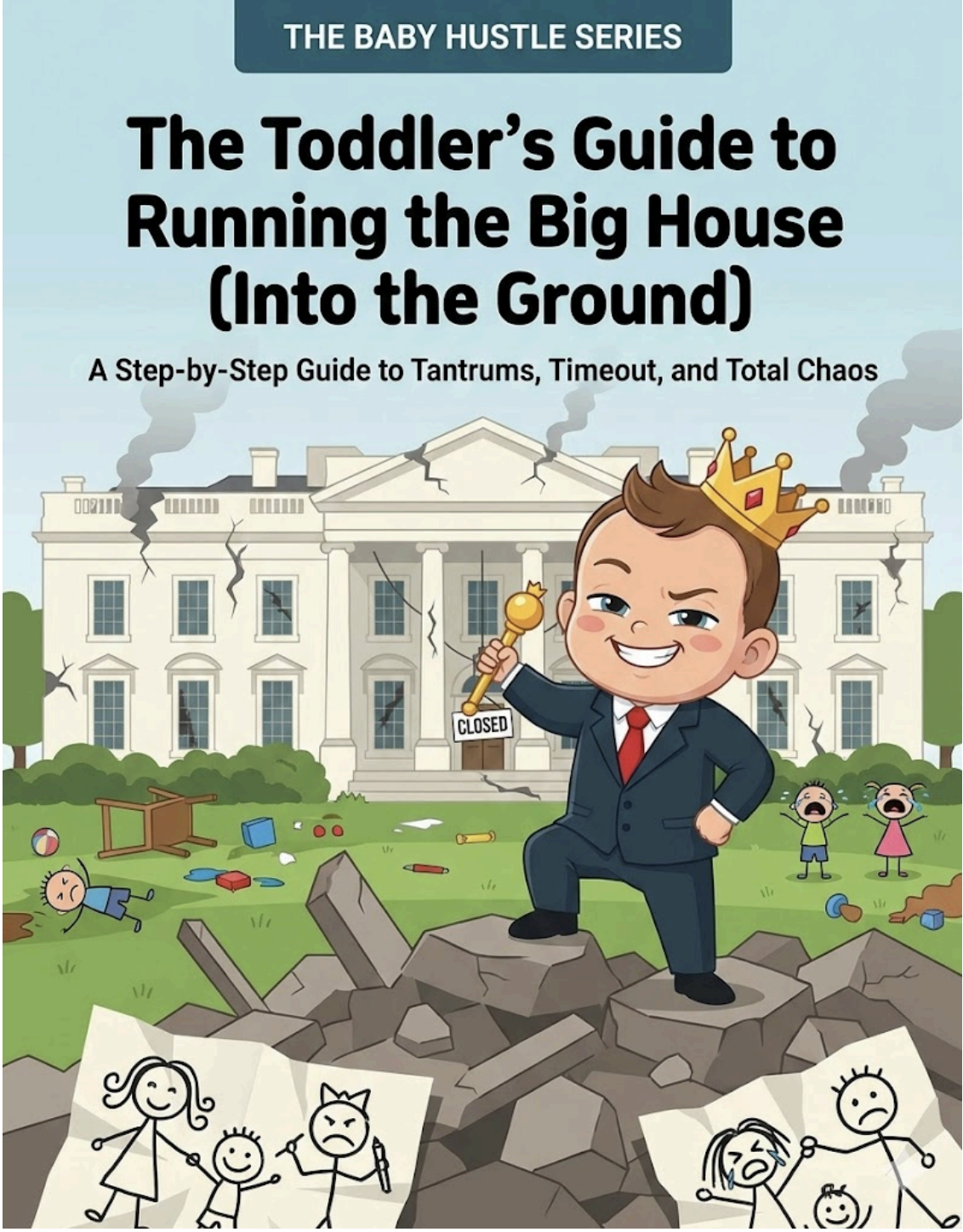Collaborative Efforts in Freedom Movements: Building Allies
In the grand theatre of human history, freedom movements stand out as the high dramas where heroes and villains seem clearer than a villain’s conscience after a visit to their therapist. Amidst these spirited tales, a less sung melody is that of collaboration, a subtle art that transforms solitary cries into harmonies powerful enough to topple empires. It’s no secret that building allies is akin to convincing your cat to take medication – both require strategy, patience, and perhaps a bit of luck.
Understanding the Dance of Alliance-Building
At the heart of every successful freedom movement lies a web of alliances, intricate and strong, woven with the threads of common goals. Yet, forging these bonds is an art as delicate as it is crucial. Imagine trying to organize a dinner party where all the guests are convinced they’re the next MasterChef. That’s a glimpse into the world of alliance-building where every actor thinks their strategy is the magnum opus.
“In the world of freedom movements, allies are like pieces in a chess game; each brings unique power and possibility. The skill lies in positioning them effectively.”
The Catalysts for Collaboration
To dissect collaboration, we must first peek into the catalysts that prompt these unions. Often, it’s a shared adversary that unites diverse factions like distant cousins at a family reunion. The principle is simple: “You dislike them, and I dislike them; let’s have tea and discuss.” This shared opposition provides a foundation, but it’s the mutual respect and understanding that cements the alliance.
Tales of Unlikely Alliances
The annals of history are littered with tales of unlikely alliances, each more surprising than your aunt’s claim of royalty. Take, for instance, the collaboration between labor movements and suffragettes. On the surface, these groups fought different battles, but they recognized a common oppressor in the societal structures that marginalized voices. Their alliance was not a smooth sail but more a roller coaster with shared highs of progress and lows of setbacks.
“Alliances in freedom movements often resemble a marriage of convenience – not perfect, but a partnership with purpose.”
The Mechanisms of Alliance Sustenance
Building an alliance is one thing; maintaining it is another, closely resembling the Herculean task of keeping a secret garden – it requires constant care and attention. Communication is the water that nurtures these bonds, ensuring that they grow stronger over time. Transparency, in turn, acts as the sunlight, keeping the relationship healthy and preventing the growth of the weeds of suspicion.
Case Studies of Successful Collaborations
In examining successful collaborations, one finds the intriguing story of the Civil Rights Movement in the United States. This movement was a symphony of collaboration, featuring a diverse ensemble of actors from African American communities, white allies, faith groups, and labor unions. This coalition did not form overnight but required relentless effort, shared sacrifices, and the understanding that freedom for one must mean freedom for all.
Across the globe, the fight against apartheid in South Africa presents another vibrant tapestry of collaboration. Here, internal resistance groups joined forces with international allies, creating a potent mix that eventually pressured the regime to its knees. The lesson? When the world speaks in unison, its voice can dismantle the thickest walls of oppression.
“In the grand narrative of freedom struggles, collaboration is the thread that weaves isolated efforts into a tapestry of change.”
Strategies for Effective Alliance-Building
Considering the above, how does one go about weaving these intricate webs of collaboration? First, recognize the value in diversity; the more varied the allies, the richer the perspectives and strategies. Next, prioritize mutual goals over individual agendas – easier said than done, much like teaching a cat to bark but worthwhile in its potential.
Communication, as mentioned, is key. Regular, open discussions prevent misunderstandings and build trust. Finally, celebrate small victories together. These not only boost morale but also reinforce the bond, proving that together, you are more than the sum of your parts.
The Pitfalls of Collaboration
Yet, let us not don rose-colored glasses. Collaboration has its pitfalls, chiefly the risk of diluting a movement’s message, similar to how too many cooks might spoil a broth, or in some dystopian nightmare, turn it vegan. Additionally, internal conflicts, power struggles, and diverging priorities can fracture alliances, serving as a reminder that the path of collaboration is strewn with obstacles.
In conclusion, while building allies in freedom movements is as complex as convincing a sceptic of the moon’s existence, it remains an indispensable strategy. The challenges are numerous, the effort Herculean, but the rewards are monumental. After all, in the struggle for freedom, unity is not just strength; it’s victory.
Suggested Article: The Intersectionality of Social Movements
Suggested Article: Historical Perspectives on Global Resistance Movements
Suggested Article: The Role of International Solidarity in Modern Activism
References
- The Dynamics of Social Movements, M. Weiner, Journal of Historical Sociology.
- Alliances in Civil Rights and Labor Movements, J. Smith, Social Movement Studies.
- The Art of Coalition Building: A Guide for Community Leaders, H. Rubin, American Psychological Association.
- Global Networks of Resistance: The International Fight Against Apartheid, L. Thompson, Review of African Political Economy.
- The Role of International Allies in the Global Labor Movement, K. Moody, WorkingUSA.






